My gnome-napping had been inspired by the French film Amelie, in which a widowed father yearns to travel so his daughter sends his garden gnome on a world tour, mailing postcards from every destination.
Like Amelie, I was determined to bring a little excitement into the life of a lonely gnome - and hopefully some amusement to his owner. I carefully wrapped Gnome in bubble wrap, packed him into my luggage and headed to Christchurch Airport. Gnome and I were headed on the trip of a lifetime: he'd join me and 19 other students on a ten-day field trip to Antarctica.
It sounded like a good idea but as I watched my bag being loaded into the back of a Hercules aircraft, I began to have second thoughts. What if Gnome didn't survive the eight-hour flight? While I was wrapping him up, I'd noticed a large crack running down the entire length of his back. Now, as he lay somewhere beneath the weight of all those bags, I started to fear the worst.
But it was too late to turn back as I was instructed to climb into my Extreme Cold Weather clothing for the flight. There was no temperature control on board our Hercules and for safety reasons we had to wear a mountain of clothing, including expedition-weight thermal underwear, polar-fleece pants and jacket, snow goggles, balaclava, a cap with ear flaps, and a down-filled hooded jacket that zips all the way up to your nose. On top of that we also had to wear earmuffs to block out the noise of the engine.
The flight was long and when we eventually arrived at the Windless Bight - the site of our field camp for the next ten days - I was anxious to learn of my new friend's fate. I unzipped my bag and to my relief Gnome was peering out through several layers of bubble wrap unscathed. I took a deep breath, knowing I could relax for the next ten days.
The following few hours kept us busy though, as we set about erecting 12 polar tents. Shaped like a pyramid, they usually sleep two people, and have been the standard Antarctic exploration shelter for 80 years. Mine was bright orange. Next we had to build the snow walls that would act as toilet doors. Two buckets had been issued between four people to use as toilets - one bucket for "number ones" and the other for "number twos" as you have to separate them. (Luckily, "number twos" freeze too quickly to smell.)
Once the buckets were filled they were to be wrapped in large plastic bags, labelled and taken back to NewZealand for disposal along with every piece of rubbish and drop of wastewater we used.
When camping in Antarctica, it pays to have a toilet guard to stop fellow campers filling up your buckets. I knew the perfect man for the job! Gnome's humble days as a garden ornament faded into the past Gnome was peering out through several layers of bubble wrap unscathed as he proudly guarded our toilet. By now, people were queuing to take his photograph and even when it snowed, Gnome provided a smile.
However, the weather soon took a turn for the worst with a wind-chill factor of -33 degrees. Our tents were quickly covered in snow and we had to tie ropes between them in case we lost sight of our neighbours. Rather than subject Gnome to the biting cold, another student built an igloo just large enough to shelter him.
Once the bad weather passed, Gnome and I spent a few days exploring our new surrounds, making the most of the 24-hour sunlight. We went cross-country skiing at 2 a.m., slept in an ice cave and rode bikes along the dirt trails linking the bases. We also climbed Observation Hill -a volcanic cone 230 metres tall that allows you a 360-degree view of snow, ice, and mountains. It was so bright and so beautiful.
However, I got the feeling the little guy was a bit homesick, so we made a visit to the United States' McMurdo Station, from which Gnome sent a postcard back home.
"Well, I guess you know where I have gone on my adventure!" the postcard read. "I am living in an igloo on the Windless Bight, Ross Island, Antarctica. Although I'm having a great time, I miss you dearly. I'll return soon to watch over your garden. Love, Gnome."
After that it was time to pack up Gnome and head back to New Zealand. But my nervous days were over now - considering all that he'd been through, I knew the flight back would be a piece of cake.
When we returned from the ice, I kept Gnome in my bedroom for several weeks. He stood proudly on my windowsill and greeted me every afternoon on my return from university.
I didn't want to give him back just yet. We'd been through a lot together and I'd grown quite fond of the little guy. Instead, I delivered a letter and photograph of Gnome standing beside his igloo. "I'm back in Christchurch," the letter read. "But will not be home for a couple more weeks . . ."
Fifty-two days after his disappearance, I decided to return Gnome to his rightful owner. He had travelled about 6000km with 20 students, four university instructors and three field guides, to the coldest, highest, driest and windiest place on earth. But now the roaming gnome was coming home.
In the daylight Gnome's home looked like Noddy's place in Toyland. The walls were cream with yellow trim while the roof and gutters were a brilliant red. Even the flowers matched the colours of the house. Everywhere I looked, garden gnomes were smiling at me. As much as Gnome enjoyed his Antarctic adventure, I knew this was where he belonged - at least until my next trip.
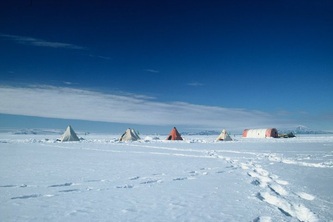
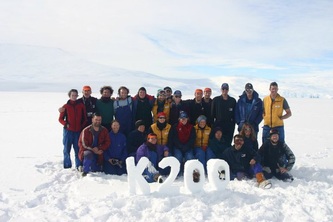
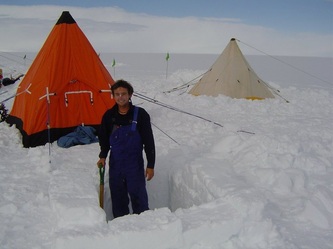
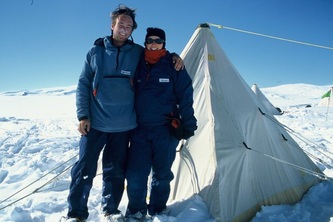
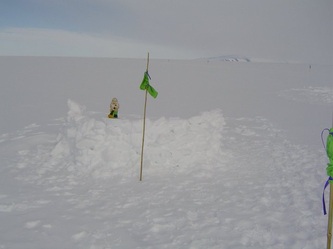
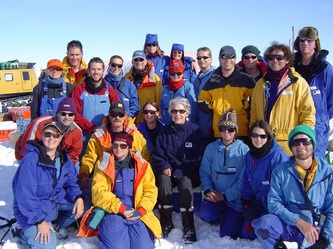
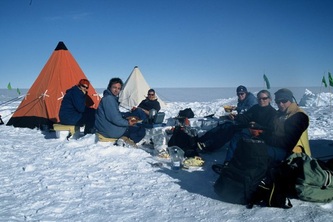
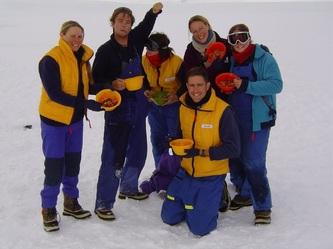
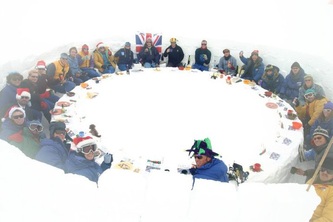
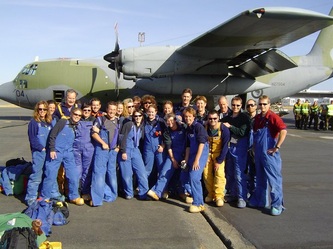
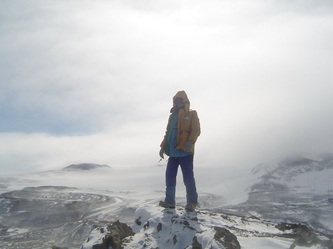
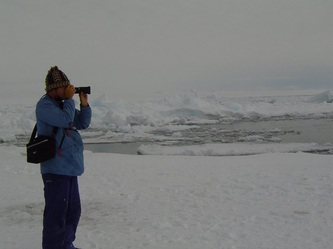
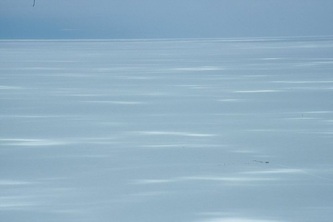
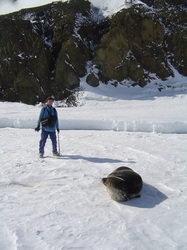
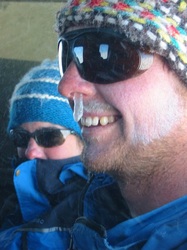
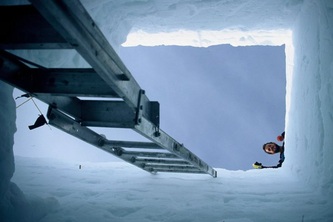
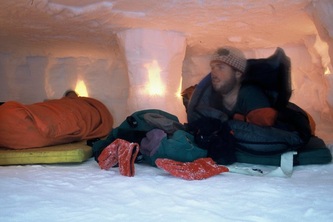
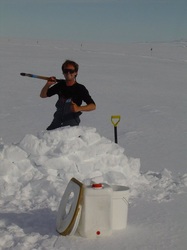
 RSS Feed
RSS Feed
